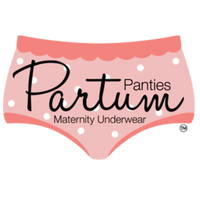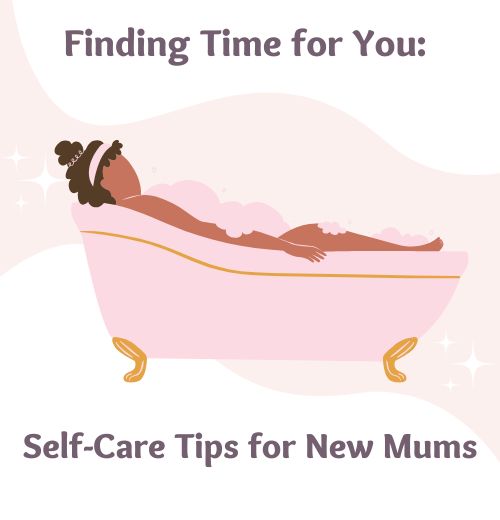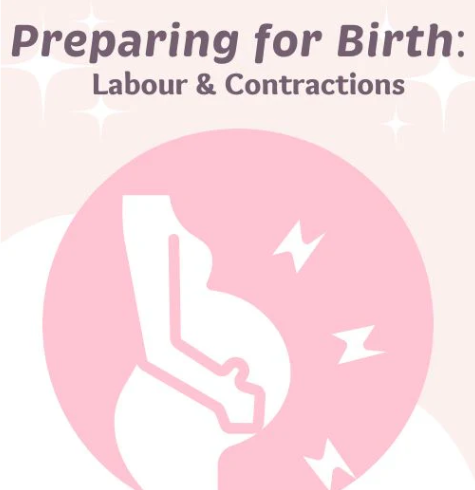Understanding After Birth Pains: What’s Happening to Your Body Postpartum

When we think about the fourth trimester, the focus is often on the baby—getting to know them, learning to feed and care for them, and adjusting to life with a newborn. While all of this is SO important, there’s something else that tends to get overlooked: education about what's happening to our own bodies!
Your body has just gone through an incredible journey, and it’s important to understand and support your recovery. One key part of that recovery involves your uterus. During pregnancy, your uterus expands to accommodate your growing baby—a mind-blowing 500 to 1000-fold increase in volume! It takes nine months for this transformation, but after birth, your uterus immediately begins the process of shrinking back to its pre-pregnancy size, known as uterine involution. This process can take about 6 to 8 weeks.
As incredible as this process is, it isn’t always comfortable. For the first week (or sometimes a little longer), you might experience “after birth pains,” which can feel like sharp period cramps for many women. These pains are actually contractions of your uterus as it works hard to return to its original size. If you’ve had more than one child, you may notice these pains feel stronger after each birth. This is because the muscles of the uterus have to work a bit harder.
After birth pains can also intensify during breastfeeding. This happens because breastfeeding triggers the release of oxytocin—a hormone that stimulates uterine contractions. It’s nature’s way of helping your uterus return to its original size, but it can be a bit uncomfortable.
While these pains are usually manageable, they can feel challenging, especially in those first few days when you’re also adjusting to caring for your newborn. Here are a few tips to help ease the discomfort:
- Heat Therapy: A warm heat pack on your abdomen can work wonders. The warmth can soothe cramping muscles and provide a bit of relief.
- Pain Relief: Simple pain relief, like paracetamol, can help as well. Just make sure to check with your healthcare provider first to ensure it’s safe for you.
- TENS Machine: If you have access to a TENS (Transcutaneous Electrical Nerve Stimulation) machine, this can be a very helpful tool. It uses gentle electrical pulses to help manage pain and can provide relief from after birth cramps.
It’s essential to remember that your body is doing some serious work during this time, and while the discomfort can be tough, it’s also a reminder of the amazing power and resilience of your body. So, as you focus on bonding with your newborn, take time to care for yourself too. You’ve just done something incredible!



